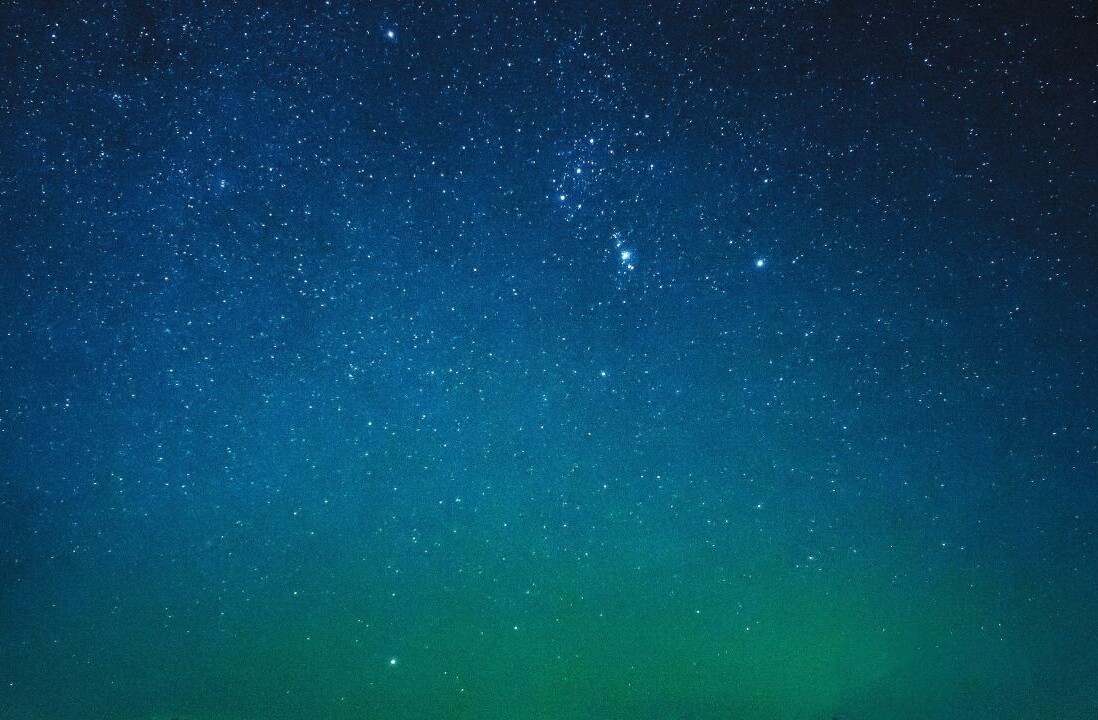The Hubble Space Telescope, launched more than 30 years ago, has halted operations, following the failure of a payload computer critical to the operation of the spaceborne observatory.
At around 4pm EDT on June 13, the payload computer on the Hubble Space Telescope (HST) experienced a failure, leading to a shutdown of the world’s best-known spaceborne observatory.
Turning it Off, and Turning it Back On Again
Initial analysis suggests a degrading memory module within the payload computer may have triggered the shutdown of the Hubble Space Telescope.

“Memory can degrade over time due to years of exposure to radiation in space. Issues like this are expected, which is why there are backup memory modules on the spacecraft,” the Goddard Space Flight Center (GSFC) team explains to The Cosmic Companion.
Even in space, aboard the most advanced spacecraft ever designed, turning systems off, then back on again, can (occasionally) be surprisingly effective at solving problems.
“Control center personnel at NASA’s Goddard Space Flight Center in Greenbelt, Maryland restarted the payload computer on Monday, June 14, but it soon experienced the same problem,” NASA officials explain.
The payload computer, a NASA Standard Spacecraft Computer-1 (NSSC-1) system built in the 1980s, controls and coordinates science instruments onboard the craft. Part of the Science Instrument Command and Data Handling module, this instrument was replaced during STS-125, the final astronaut servicing mission in May 2009.
“After the halt occurred on Sunday, the main computer stopped receiving a ‘keep-alive’ signal, which is a standard handshake between the payload and main spacecraft computers to indicate all is well. The main computer then automatically placed all science instruments in a safe mode configuration,” NASA reports.
A BIT of Computer Talk
In addition to Hubble, the NSSC-1, first designed in 1974, was used on several missions, including Landsat-D and the Solar Maximum mission. This RCA 1802 computer technology has since been supplanted by the IBM RAD6000 and the RAD750.
The Science Instrument Command and Data Handling module is equipped with several redundant layers, providing the ability to serve as primary systems when needed.

“The computer and memory modules are redundant. That is, a second computer and other memory modules could be used if needed,” GSFC officials explain.
This is not the first Hubble shutdown this spaceborne observatory has faced. On October 5, 2018, a gyroscope failure aboard the HST led to a shutdown, which was quickly rectified. Since then, Hubble has contributed to countless studies, producing outstanding science.
“The operations team at NASA’s Goddard Space Flight Center is currently in the process of switching memory modules onboard the spacecraft,” GSFC officials describe.
Although future telescopes — including the James Webb Space Telescope (JWST) — will surpass Hubble in terms of technology, the HST has already far surpassed all expectations made when first launched to space.
The Hubble Expansion
“Equipped with his five senses, man explores the universe around him and calls the adventure science.” — Edwin Powell Hubble

The Hubble Space Telescope was named in honor of famed astronomer Edwin Powell Hubble, the first person to conclusively show that the bodies we know now as galaxies sit far beyond the Milky Way.
“In 1923 Hubble trained the Hooker telescope on a hazy patch of sky called the Andromeda Nebula. He found that it contained stars just like the ones in our galaxy, only dimmer. One star he saw was a Cepheid variable, a type small image of the Andromeda galaxy of star with a known, varying brightness that can be used to measure distances. From this Hubble deduced that the Andromeda Nebula was not a nearby star cluster but rather an entire other galaxy, now called the Andromeda galaxy,” a NASA biography describes.
This discovery greatly expanded our notions of the Cosmos. The view that everything we see in the sky is contained within the Milky Way was shattered — leaving behind a zeitgeist of a far vaster Universe in its wake.
Like its namesake, the Hubble Space Telescope has been instrumental in learning more about the expansion rate of the Cosmos, as well as greatly adding to our knowledge of distant galaxies. Hubble has provided a wealth of information about the birth and deaths of stars, and the search for planets orbiting other stars.
“Well into its third operational decade, Hubble is still extremely productive. The orbiting telescope has taken over a million observations and provided data that astronomers have used to write more than 18,000 peer-reviewed scientific publications on a broad range of topics, from planet formation to gigantic black holes,” NASA describes.
The Hubble team and NASA are hard at work finding ways to bring Hubble back to service. This could prove to be a daunting challenge, but NASA is known for developing ingenious solutions in time of need.
When the Kepler spacecraft — NASA’s revolutionary planet hunter — began to fail, researchers and explorers found new means to study the sky, using the tools they still had available to them on the craft.
This “new life” for the spacecraft, dubbed the K2 mission, extended the life of the exoplanet hunter by roughly five years. However, such plans are not currently being developed for Hubble.
“There have been no discussions regarding an alternate mission scenario [for Hubble] as was done for the Kepler spacecraft,” GSFC explains.
With hard work, perseverance, and a little bit of luck, this latest Hubble shutdown should not last, and this well-traveled observatory will (hopefully) soon return to service for many more years of discoveries.
This article was originally published on The Cosmic Companion by James Maynard, the founder and publisher of The Cosmic Companion. He is a New England native turned desert rat in Tucson, where he lives with his lovely wife, Nicole, and Max the Cat. You can read the original article here.
Get the TNW newsletter
Get the most important tech news in your inbox each week.






